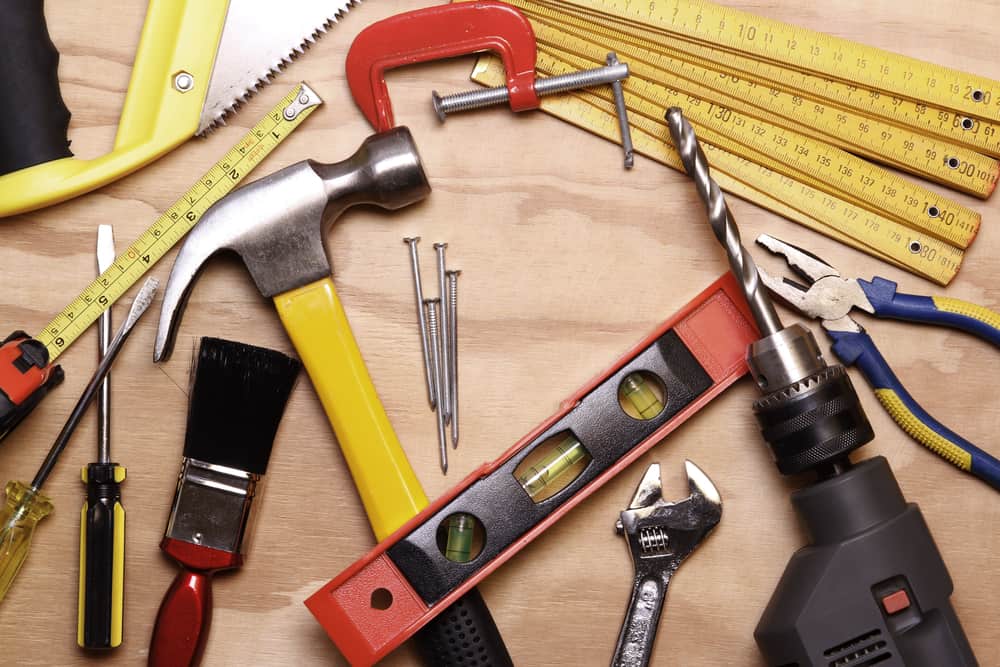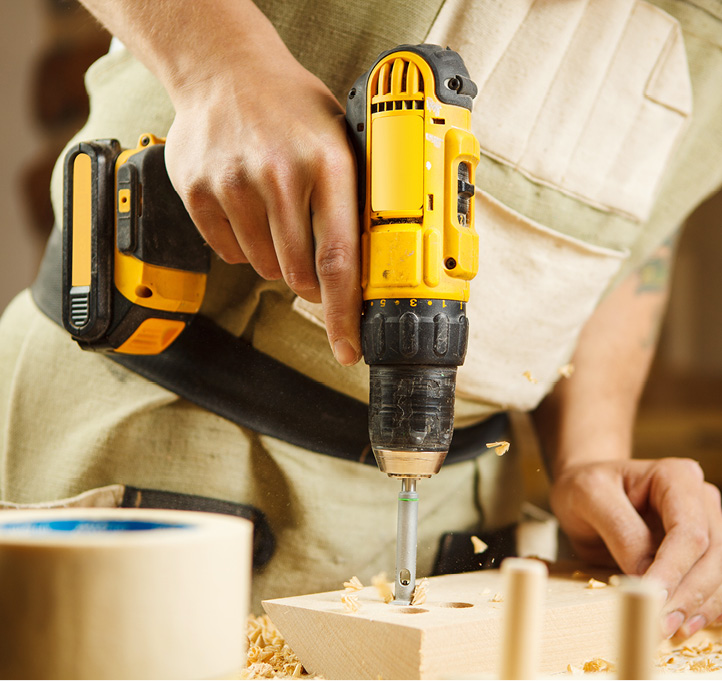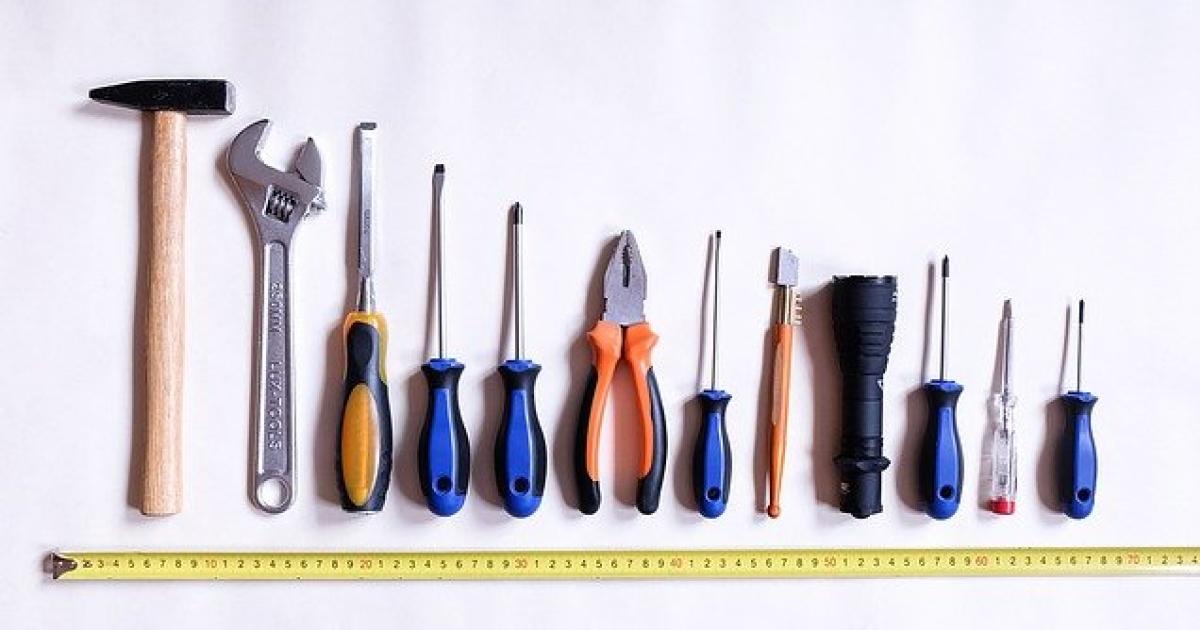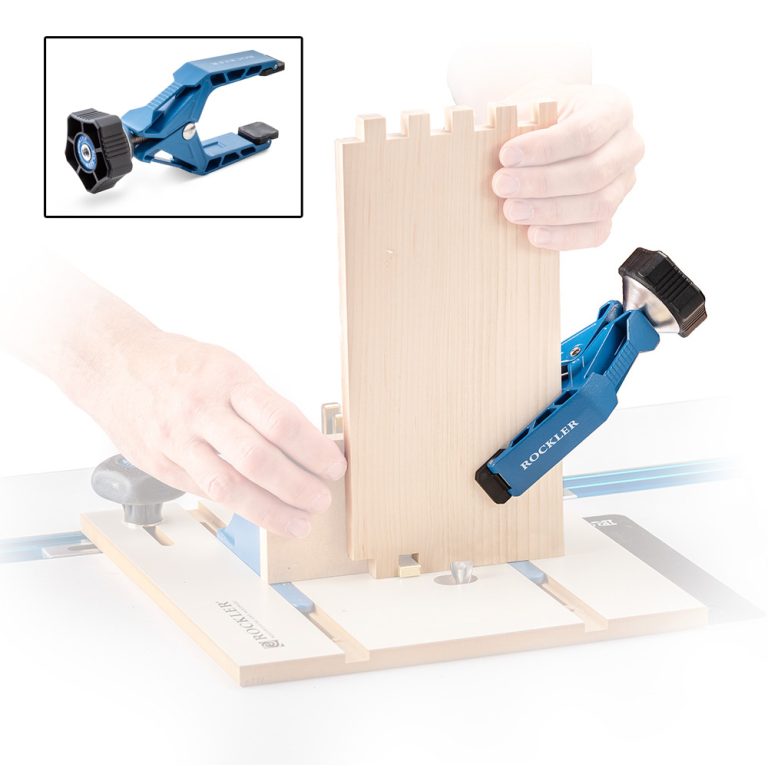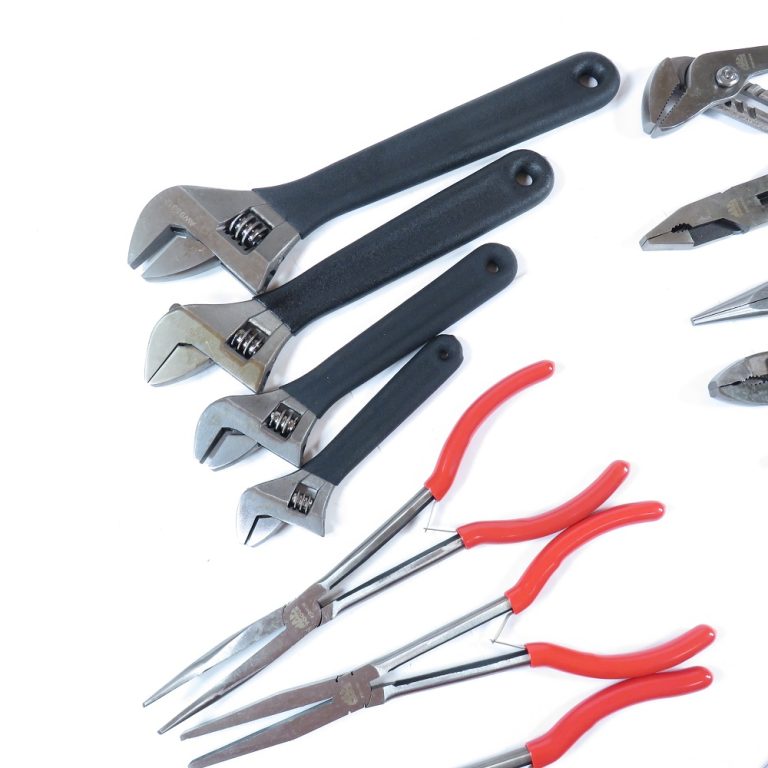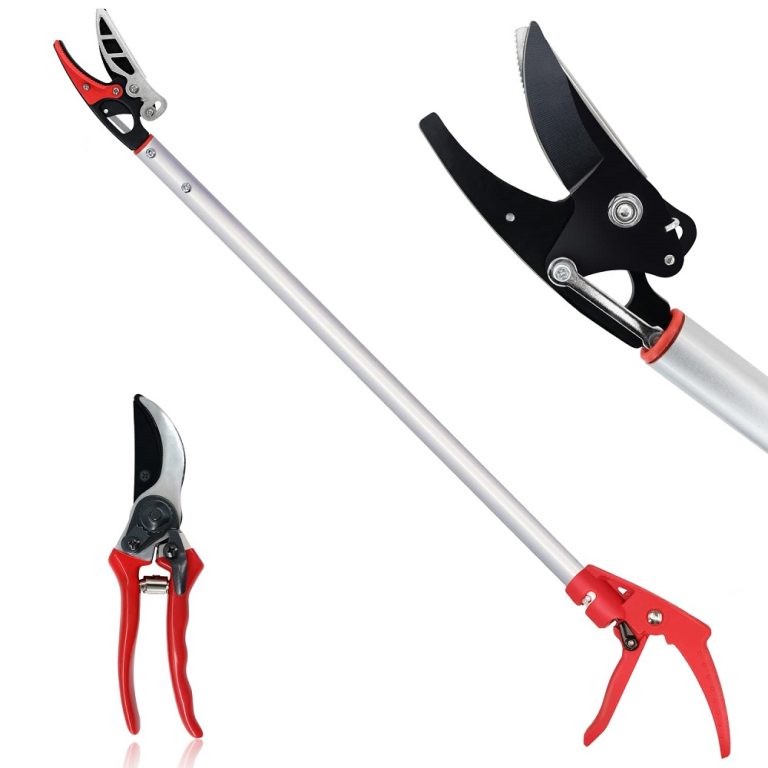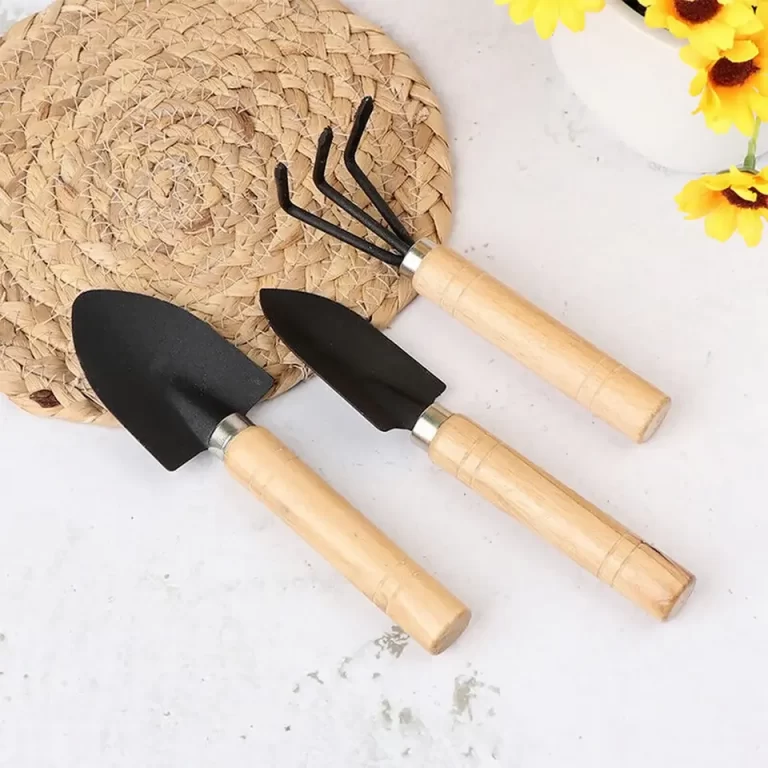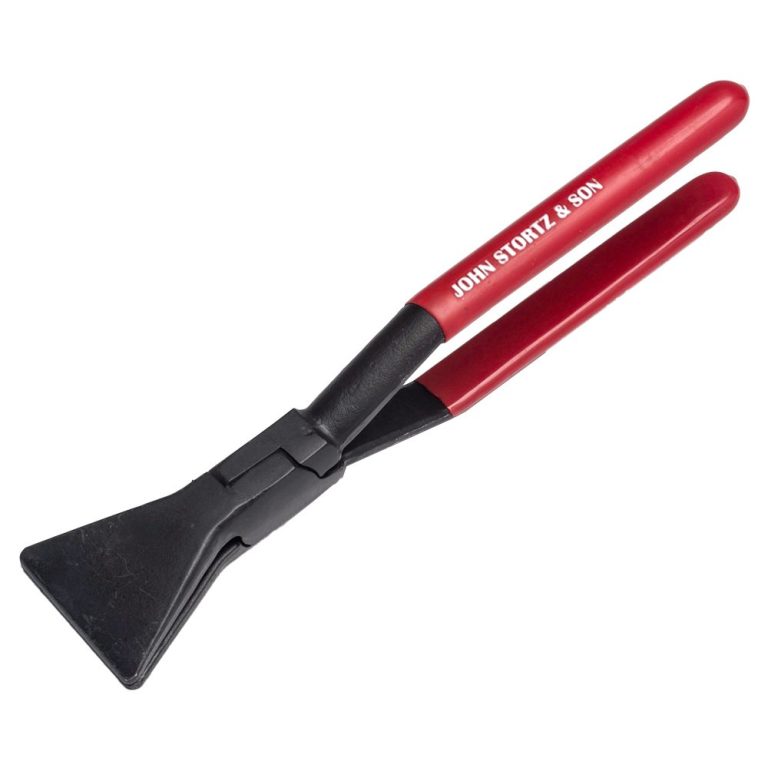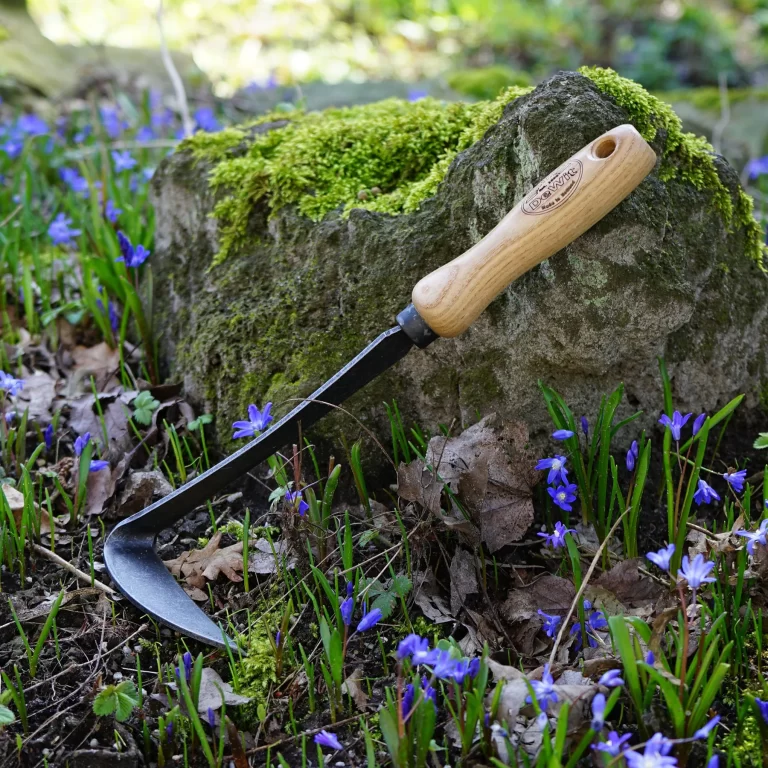Introduction to Tool Safety
Tools empower users to create, repair, and build. They range from simple hand tools to complex power equipment. Proper use ensures efficiency and safety. Misuse can lead to severe injuries. Understanding hand and power tool safety is crucial for all users.
General Safety Principles
Read the Manual
Every tool comes with instructions. Manuals provide vital safety information. They explain proper use and maintenance. Reading the manual prevents accidents. It maximizes tool efficiency.Ensure safety in your workshop with our comprehensive guide on hand and power tool safety, minimizing risks and accidents.
Wear Protective Gear
Safety equipment protects users from harm. Safety glasses shield eyes from debris. Gloves protect hands from cuts and burns. Ear protection prevents hearing damage. Proper attire includes closed-toe shoes and fitted clothing.
Maintain a Clean Workspace
Clutter causes accidents. Keep work areas tidy. Remove trip hazards promptly. Store tools properly when not in use. A clean workspace improves safety and efficiency.
Stay Alert
Fatigue leads to mistakes. Work only when alert and focused. Avoid tool use when tired or under the influence. Mental clarity prevents accidents and injuries.
Inspect Tools Regularly
Damaged tools are dangerous. Check for wear and damage before each use. Replace or repair faulty equipment immediately. Regular inspections prevent unexpected failures.
Hand Tool Safety
Choosing the Right Tool
Hand and power tool safety:Use tools for their intended purpose. Misuse can damage the tool and cause injury. Select the correct size and type for each job. Proper tool selection improves safety and results.
Maintaining a Firm Grip
Hold tools securely to maintain control. Use both hands when required. Slippery or loose grips lead to accidents. Clean tool handles for better traction.
Cutting Away from the Body
Direct cutting motions away from yourself. This prevents accidental self-injury. Use clamps to secure work pieces. Keep your free hand clear of cutting paths.
Proper Storage
Store sharp tools safely. Use sheaths or cases when available. Keep cutting edges protected. Proper storage prevents accidental cuts and maintains tool quality.
Avoiding Excessive Force
Don’t force tools beyond their limits. Excessive force can break tools or cause loss of control. Use steady, controlled pressure. Let the tool do the work.
Power Tool Safety
Understanding Power Sources
Know your tool’s power requirements. Use appropriate outlets and circuits. Avoid overloading electrical systems. Understand battery safety for cordless tools.
Proper Grounding
Use three-pronged plugs in grounded outlets. Never remove the grounding prong. Use ground fault circuit interrupters (GFCIs) in damp locations. Proper grounding prevents electric shock.
Guarding Moving Parts
Keep safety guards in place. Never disable or remove guards. These protect against contact with moving parts. Replace damaged guards immediately.
Securing Work Pieces
Use clamps or vises to hold materials. This keeps both hands free to control the tool. Secure footing and balance are crucial. Proper securing prevents kickback and loss of control.
Avoiding Accidental Starts
Unplug tools when changing parts or adjusting. Never carry plugged-in tools with fingers on the switch. Disconnect power sources when not in use. These practices prevent unexpected startups.
Specific Tool Safety Guidelines
Circular Saw Safety
Keep blades sharp and clean. Set the correct blade depth. Use the blade guard properly. Support large panels to prevent pinching. Be aware of kickback potential.
Drill Safety
Secure drill bits tightly in the chuck. Use the correct bit for the material. Apply steady pressure when drilling. Avoid overheating the bit or workpiece. Clear debris regularly to prevent jams.
Table Saw Safety
Use push sticks for small pieces. Keep the blade guard in place. Stand to the side of the blade, not behind it. Use a riving knife to prevent kickback. Never reach over the blade while it’s spinning.
Chainsaw Safety
Maintain proper chain tension. Keep the chain sharp. Use both hands to operate. Be aware of the kickback zone. Wear appropriate protective gear, including chaps.
Angle Grinder Safety
Use the correct disc for each task. Check disc condition before use. Allow the grinder to reach full speed before contacting the work surface. Hold the tool firmly with both hands. Be aware of sparks and flying debris.
Tool Maintenance
Regular Cleaning
Clean tools after each use. Remove dirt, dust, and debris. This prevents rust and ensures smooth operation. Clean tools function better and last longer.
Proper Lubrication
Lubricate moving parts as recommended. Use appropriate lubricants for each tool. This reduces friction and wear. Proper lubrication extends tool life and improves performance.
Sharpening Cutting Tools
Keep cutting edges sharp. Dull tools require more force and are more dangerous. Learn proper sharpening techniques. Sharp tools cut cleaner and with less effort.
Checking for Wear
Inspect tools for signs of wear. Replace worn parts promptly. This includes power cords, blades, and bits. Well-maintained tools are safer and more efficient.
Professional Servicing
Some repairs require professional attention. Complex power tools may need expert servicing. Follow manufacturer recommendations for maintenance schedules. Professional servicing ensures optimal performance and safety.
Electrical Safety
Understanding Amperage and Voltage
Know the electrical requirements of your tools. Match tool requirements to power sources. Don’t overload circuits. Higher amperage tools need heavier gauge cords.
Proper Cord Management
Inspect cords regularly for damage. Replace frayed or exposed wires immediately. Keep cords away from heat and sharp edges. Never carry a tool by its cord.
Using Extension Cords Safely
Choose the right gauge for the job. Avoid daisy-chaining multiple cords. Uncoil cords completely to prevent overheating. Use outdoor-rated cords for exterior work.
Wet Conditions Precautions
Avoid using electric tools in wet areas. Use battery-powered or pneumatic alternatives when moisture is present. If unavoidable, use GFCI protection. Keep all connections dry and elevated.
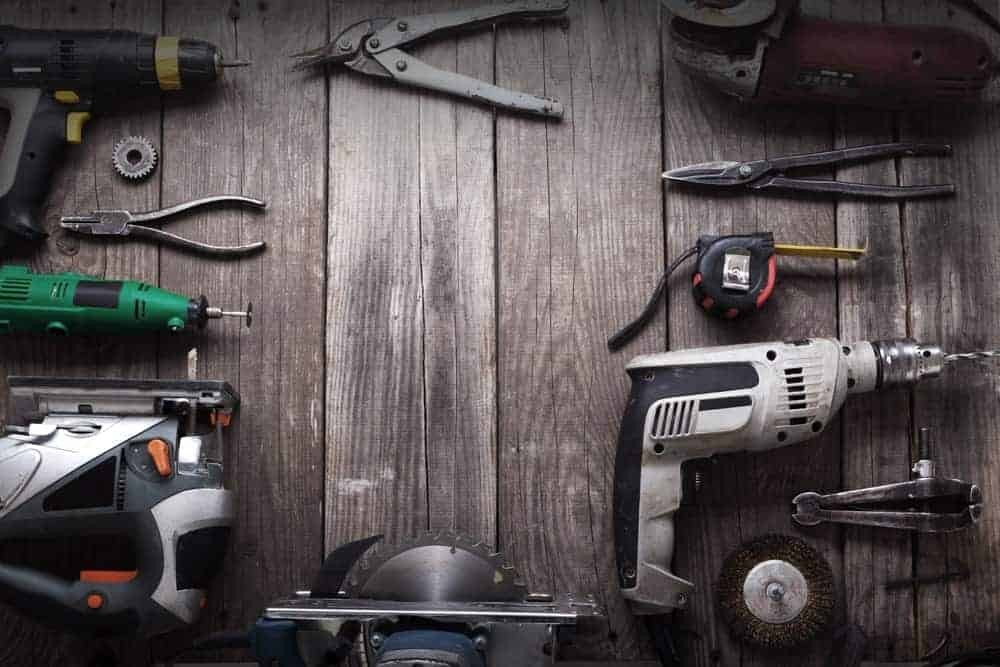
Ergonomics and Tool Use
Proper Posture
Maintain good posture while working. Keep your back straight and shoulders relaxed. Avoid twisting motions when possible. Good posture reduces fatigue and strain.
Tool Selection for Comfort
Choose tools that fit your hand comfortably. Consider weight and balance when selecting power tools. Ergonomic designs reduce strain during extended use. Comfortable tools improve precision and reduce fatigue.
Taking Regular Breaks
Avoid prolonged repetitive motions. Take frequent short breaks to rest muscles. Stretch and change positions regularly. This prevents repetitive strain injuries.
Alternating Tasks
Vary your tasks throughout the day. This uses different muscle groups. It reduces the risk of overuse injuries. Task alternation improves overall productivity and comfort.
Storage and Transportation
Proper Tool Storage
Store tools in a dry, secure location. Use toolboxes or wall-mounted systems. Keep tools organized and easily accessible. Proper storage prevents damage and loss.
Transporting Tools Safely
Secure tools during transport. Use cases or bags designed for tools. Prevent tools from shifting or falling during movement. Safe transportation protects tools and vehicle occupants.
Locking Up Power Tools
Keep power tools locked away when not in use. This prevents unauthorized access. It’s especially important in households with children. Secure storage prevents accidents and theft.
Organizing for Efficiency
Arrange tools logically in the workspace. Keep frequently used items easily accessible. This reduces reaching and bending. Efficient organization improves safety and productivity.
Emergency Preparedness
First Aid Essentials
Keep a well-stocked first aid kit nearby. Know basic first aid procedures. This includes treatment for cuts, burns, and eye injuries. Prompt first aid can minimize injury severity.
Fire Safety
Have appropriate fire extinguishers available. Know how to use them correctly. Be aware of potential fire hazards in the workshop. Keep flammable materials properly stored.
Emergency Shut-offs
Know the location of emergency power shut-offs. Familiarize yourself with tool-specific emergency stops. Quick action in emergencies can prevent serious injuries.
Emergency Contacts
Post emergency numbers prominently. This includes local emergency services and poison control. Have a plan for serious injuries. Ensure all workshop users know the emergency procedures.
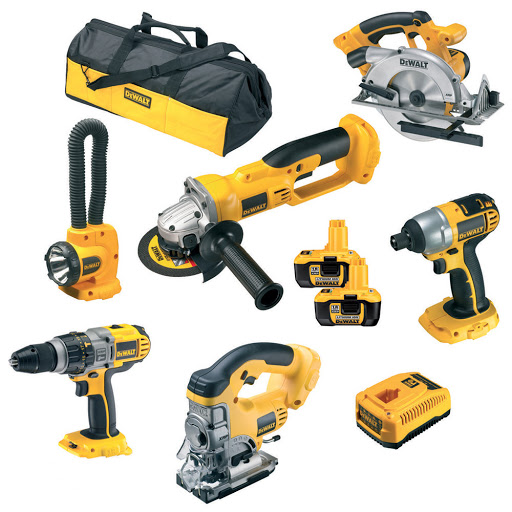
Training and Education
Formal Safety Courses
Attend tool safety workshops when available. Many hardware stores offer free classes. Professional training improves skills and safety awareness. Continuous education keeps safety knowledge current.
Mentoring Novice Users
Experienced users should guide beginners. Demonstrate proper techniques and safety practices. Supervise new users until they demonstrate competence. Mentoring creates a culture of safety.
Staying Informed
Keep up with the latest safety recommendations. Follow manufacturer updates and recalls. Join online forums or local groups for tool users. Shared knowledge improves overall safety.
Teaching Children Tool Safety
Introduce tool safety concepts early. Supervise children closely around tools. Teach age-appropriate skills gradually. Early education promotes lifelong safe habits.
Conclusion
Hand and power tool safety requires constant vigilance. It combines proper technique, appropriate gear, and a safety-first mindset. Regular maintenance and education play crucial roles. By following these guidelines, users create safer, more productive work environments. Remember, every tool user is responsible for their own safety and that of those around them. Prioritize safety in all tool-related activities.
